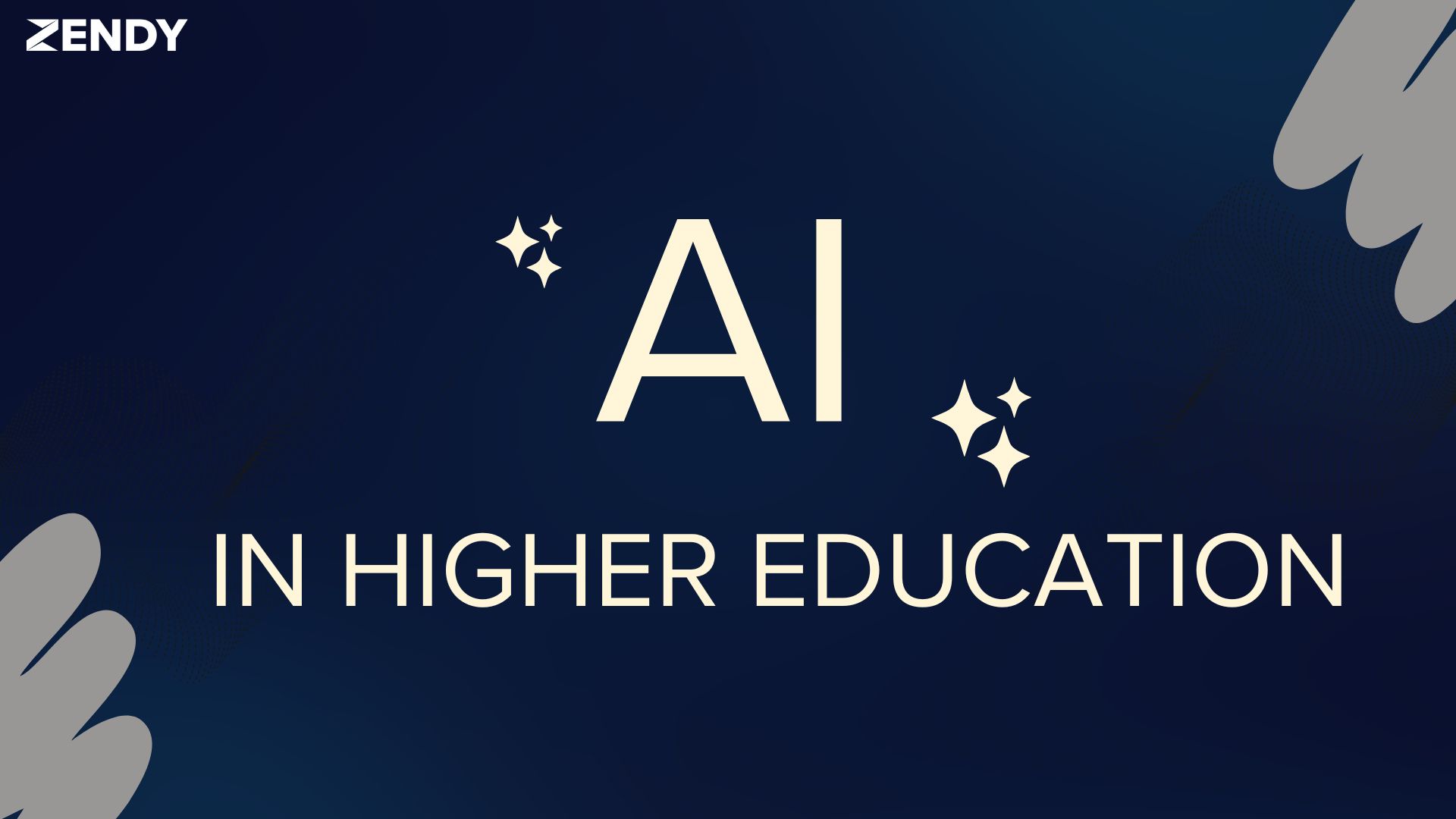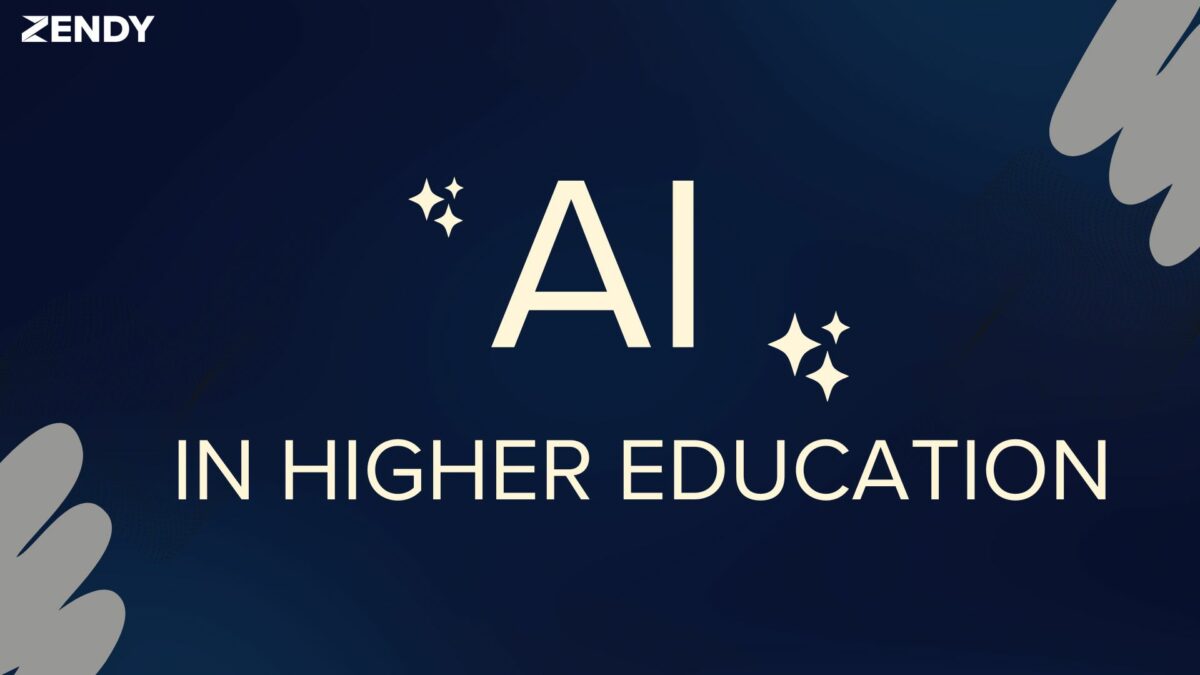
Libraries have always been at the centre of knowledge in higher education. Beyond curating collections, librarians guide researchers and students through complex databases, teach research skills, and help faculty navigate publishing requirements. They also play a key role in managing institutional resources, preserving archives, and ensuring equitable access to information. These days, libraries are facing new challenges: huge amounts of digital content, tighter budgets, and more demand for remote access. In this environment, AI in higher education is starting to make a real difference.
How AI Makes Life Easier for Librarians
Improving Discovery
AI-powered search tools don’t just look for keywords, they can understand the context of a query. That means students and researchers can find related work they might otherwise miss. It’s like having an extra set of eyes to point them toward useful sources.
Helping with Curation
AI can go through thousands of articles and highlight the ones most relevant to a specific course, project, or research topic. For example, a librarian preparing a reading list for a history class can save hours by letting AI suggest the most relevant papers or reports.
Supporting Remote Access
Students, researchers and faculty aren’t always on campus. AI can summarise long articles, translate content, or adjust resources for different reading levels. This makes it easier for people to get the information they need, even from home.
Working Within Budgets
Subscriptions remain a major expense for libraries, and ongoing budget cuts are forcing many academic institutions to make difficult choices about which resources to keep or cancel. For example, recent surveys show that around 73% of UK higher education libraries are making budget cuts this year, sometimes slashing up to 30% of their overall budgets, and collectively spending £51 million less than the previous year. This trend is not limited to the UK, universities in the U.S. and elsewhere are also reducing library funding, which has dropped by nearly 20% per student over recent years. Even top institutions like Princeton have cut library hours and student staffing to save on costs.
Subscriptions can be expensive, and libraries often have to make tough choices. AI tools that work across large collections help libraries give students and researchers more access without adding extra subscriptions.
Trusted Content Still Matters
AI is helpful, but the resources behind it are just as important. Librarians care about trusted, peer-reviewed, and varied sources.
Librarians and AI: A Partnership
AI isn’t replacing librarians. Instead, it supports the work they already do. Librarians are the ones who guide researchers, check the quality of sources, and teach information skills. By using AI tools, librarians can make research easier for students, researchers and faculty, and they can help their institutions make the most of the resources they have.
Final Thoughts
AI in higher education is making it easier for libraries to support students and faculty, but librarians are still at the centre of the process. By using AI tools alongside strong content collections, libraries can save time, offer more resources, and help researchers find exactly what they need. With the right AI support, research becomes easier to navigate and more accessible without overcomplicating the process.
